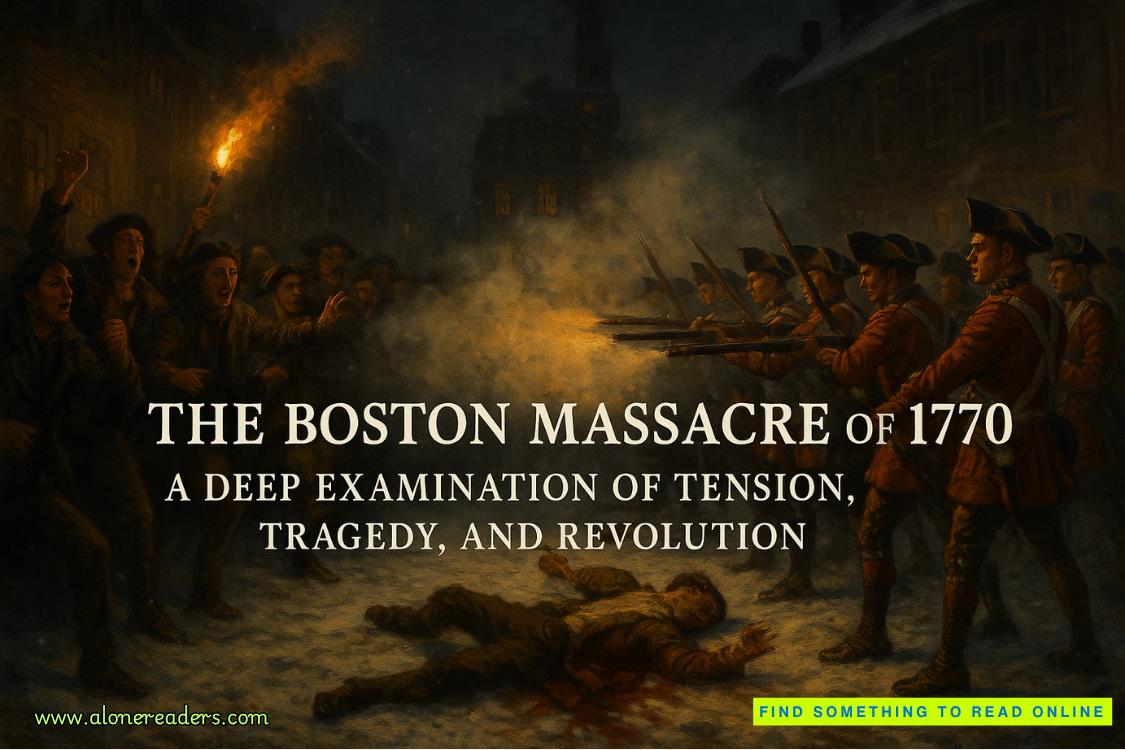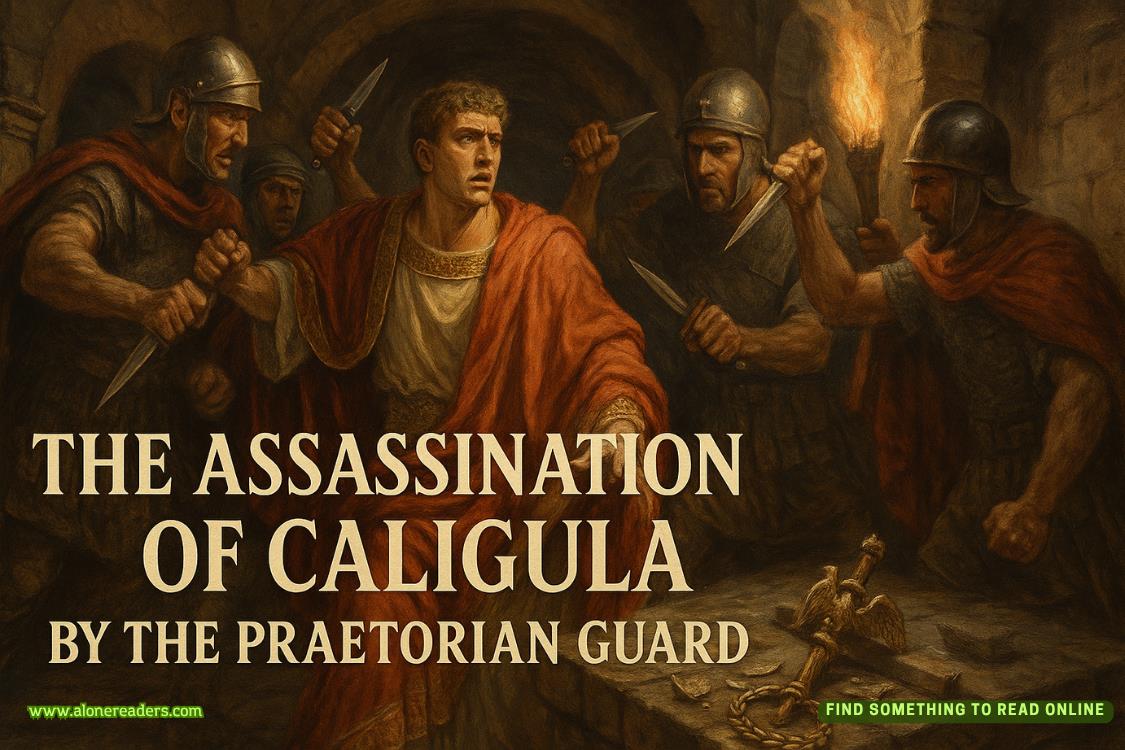Page 78 of The Tapes
‘I bet I wasmoreshocked,’ I reply.
There’s a scuff and then a scrape of a chair leg, then something skittles across the floor, landing near my foot. I can just about nudge it with my shoe but my arms are pinned and I can’t stretch. Nobody speaks but, through the gloom, I recognise the outline of Mum’s tape.
So Nicola did find my bag in the back of the car.
‘Any other questions?’ Nicola says. ‘You might as well get them out now.’
‘Why?’ I ask.
‘Why what?’
‘Why any of this? What’s the point?’
I struggle and strain. Neither of them tries to stop me, even as a metallicclink-clink-clinkechoes. My shoulders are tight and there’s no way out.
‘Maybe it’s in the genes,’ Nicola says after a while. ‘Maybe I just like it. Maybe we both do.’
Kieron says nothing to either confirm or deny – and I’m not sure I’m going to get a better answer. There’s no mention of Nicola’s mum. I sense Nicola moving before I see it – and then she’s in front of me. Or, more to the point, her boot is. She stomps hard on the cassette three, four, five times. Something flies off into the darkness and another piece bounces from my chest. There’s the sound of splintering plastic – and then silence. She doesn’t know there’s a second cassette, and I’ll never say.
‘Will Faith be safe?’ I ask: the only question that really matters.
‘Henry’s a better parent to her – and you know it. She’ll be fine.’
Maybe both parts of that are true. Faith is going to have to deal with both a grandmother and a mother who simply disappeared. Will shereallybe OK?
I fell apart after Mum disappeared. Will Faith do the same?
There’s another scuff of movement and then I sense a pair of bodies standing over me. I rattle and fight against the railing but there’s nothing I can do.
‘I think it’s time,’ Kieron says.
‘Me too,’ replies his daughter.
SEDINGHAM
Extract fromThe Earring Killerby Vivian Mallory, © 2015.
At the time of writing, there have been nine murders attributed to the Earring Killer in and around Sedingham. Eleanor Beale was the most recent and nobody knows if or when the killer will strike again. Nobody knows if the culprit will ever be found.
This is a town whose residents take pride in the history of their home. There’s the annual summer street fayre that draws tens of thousands; the winter market, which dates back to the eleven hundreds. This is the town that accepted more than four hundred evacuees in 1939, many of whom set down roots that still bloom today.
Sedingham is eight miles from the coast and surrounded by rolling, emerald hills. Its first known settlement was somewhere around 700 AD.
But there’s a worry that everything this town has been built upon is in danger of being replaced by the notoriety that comes from nine unsolved killings. Nine women who should still be a part of this community have been taken, and nobody appears tohave answers. Its people are living through an ongoing trauma that has festered through generations.
It is exactly seven o’clock on a Tuesday evening when the bells of St Mark’s Church chime. There’s a six-minute chorus, as there is every week. Afterwards, community outreach officer Janice McNally joins me on a bench at the front of the church.
She looks up to the church and it’s as if the sound of the bells still hang on the breeze. ‘I started ringing when I was only nine,’ she says. ‘Dad had been doing it his whole life – and he picked it up off his mum. It’s a family thing.’
There’s a hint of a smile as we look out to the wash of green beyond the church walls that stretches to infinity.
‘This church was built almost a thousand years ago,’ Janice says. ‘There’s a floor panel inside with the date. We have a stone mason come in every year or two to clean and maintain it. The stained-glass windows came around a century later, and we have a specialist who looks after those, too. There have been problems with the roof and the stairs. We’ve been working with a charity to help with accessibility issues. It’s this monolith that’s been here a thousand years, and could be here for another thousand.’
Janice speaks passionately, drumming her fist gently into her thigh as she speaks.
‘That’s how I think about this town,’ she adds. ‘It’s easy to feel disheartened – but Sedingham isn’t one person. It’s not this monster looming over us. It’s the community and the people who live here. When we had the march in town, it came from a place of anger. This burning, furious rage at what had been done to us. But there was beauty there, too. Solidarity with hundreds of women, saying we were going to stand up for ourselves and each other.’
I tell her it’s inspiring to hear such things, given what the town has been through.















